- Category
- Anti-Fake
What Putin Says vs. What Putin Does, Two Things Different

Ahead of possible talks between Trump and Putin, a history of broken promises and outright lies—on Ukraine, Syria, and even agreements with the US—shows that any deal with Putin isn’t worth the paper it’s written on.
In light of upcoming talks between US President Donald Trump and Russian leader Vladamir Putin regarding Russia’s war in Ukraine, Putin’s track record comes into question. Whether it’s promising to respect Ukraine’s sovereignty while preparing for the invasion, signing nuclear agreements only to violate them, or guaranteeing Syria’s disarmament while backing chemical attacks, Putin has a long track record of deception, backtracking, and outright betrayal—not just against the West, but across the world.
Here’s a look at some of the most blatant cases of Putin’s deception.
Full-scale invasion of Ukraine
What was said:
Everyone knows perfectly well—and it was stated in advance—that Russian troops always return home after completing exercises.
Sergey Lavrov
Russian Foreign Minister
Putin denied in January 2022 any plans to invade Ukraine claiming the amassing of Russian troops on the Ukrainian border was “purely defensive” and “not a threat to any other country.”
Sergey Lavrov, Russia’s Foreign Minister, doubled down on these allegations just weeks before the full-scale invasion claiming the troops would soon leave the border regions, “In time, Western countries will realize that the Russian-Belarusian exercises have ended and Russian troops have returned to Russian territory,” Lavrov said. “There will be a great fuss, with claims that the West forced Russia to de-escalate when in reality, it will all have been just empty talk.”
What was done: Putin launched a full-scale invasion of Ukraine on February 24, 2022, marking the beginning of a years-long war. At the time of this publication, Russia currently controls nearly 20% of Ukrainian territory.
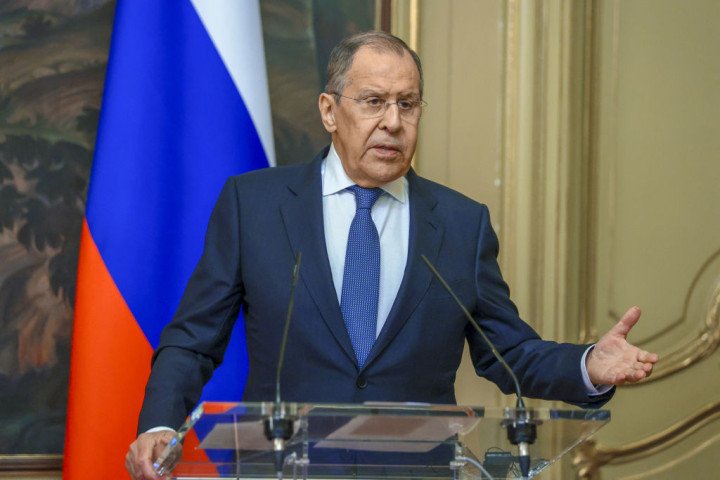
INF Treaty
What was said: The US and USSR (later Russia, as the Soviet Union’s successor state) signed the Intermediate-Range Nuclear Forces (INF) Treaty in 1987, banning short- and intermediate-range ballistic and cruise missiles.
What was done: Russia was producing short—and intermediate-range missiles and launchers, despite US warnings.
“Russia has failed to comply with its obligations under the Intermediate-Range Nuclear Forces Treaty, and as such, the United States has withdrawn from the INF Treaty,” said Defense Secretary Dr. Mark T. Esper in 2019. “This withdrawal is a direct result of Russia’s sustained and repeated violations of the treaty over many years and multiple presidential administrations.”

At the time, President Donald Trump gave Russia until August of that year to fall back into compliance. Trump said in 2018 that the US would not let Russia “go out and do weapons [while] we’re not allowed to.” When Russia failed to meet the deadline the US withdrew, and Putin formally withdrew Russia from the treaty shortly afterward, claiming that “the US withdrawal from the INF Treaty, that entailed its termination” was “a serious mistake.”
Since then Russia has not only been working to develop these types of missiles but actually deployed one such weapon into Ukraine. On November 21, 2024, Russia struck the city of Dnipro with a nuclear-capable intercontinental ballistic missile—the exact weapon banned under the INF treaty.
Nuclear weapons deal
What was said: “All nuclear powers must not deploy their nuclear weapons beyond their national territories, and they must withdraw all nuclear weapons deployed abroad,” was Putin’s statement in March 2023, regarding deploying nuclear weapons beyond national borders.
What was done: Later that month, Putin announced that Russia would deploy tactical nuclear weapons to Belarus, marking the first time since the 1990s that Russian nuclear arms would be stationed outside its borders. The weapons include short-range tactical nuclear warheads, which Russia claims are a response to NATO’s nuclear deployments in Europe. There are also reports suggesting that Russia may have helped Iran and North Korea in nuclear weapon development. Over the past several years, scientists have traveled between Iran and Russia unincumbered. Many experts believe these trips were in an effort to educate Iranian scientists on how to develop nuclear weapons.
Selling weapons to Iran
What was said: “Russia is not interested in Iran becoming a nuclear power. It would lead to greater risks to international stability,” Putin said, voicing his opposition to giving Iran nuclear capabilities. Russia agreed in 2010 to suspend the sale of the S-300 missile system to Iran in order to comply with UN sanctions.
What was done: Putin inexplicably lifted the restrictions in 2015 citing a favorable meeting between itself in Iran, despite earlier concerns regarding Iran’s enrichment of uranium that could be used to create nuclear capabilities. The sale was valued at $800 million.
The sale of the missile system raised alarm bells among the US and Israel with the Israeli intelligence minister at the time, Yuval Steinitz, saying that this was “proof” Iran intended to use the easing of sanctions to buy arms. Fast forward to today, Russia is actively exchanging nuclear intelligence with Iran and has signed a Defensive Pact with the country that states they would aid one another in case of war.
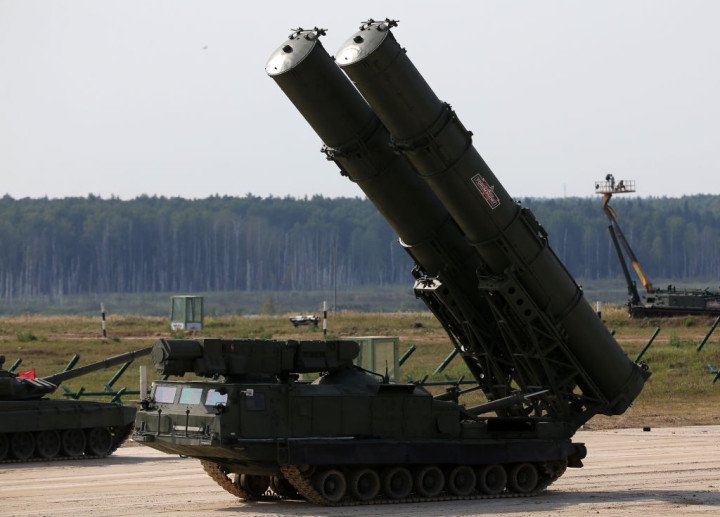
Chemical weapons in Syria
What was said: A deal was brokered in 2013 between the US and Russia to eliminate Syria’s chemical weapons stockpiles after Bashar Al-Assad was found to have used them on civilians.
What was done: Putin continued to back Assad’s government by using Russia’s vote in the UN Security Council to shield Assad while Assad continued to use chemical weapons on his own people without consequence. Putin further shielded Assad through the use of propaganda methods like its state-owned RT. Despite overwhelming evidence, Putin denied the use of these weapons by Assad calling it “utter nonsense” and claiming it was simply “a provocation by those who want to drag other countries into the Syrian conflict.”
Russia’s support for Assad culminated in its role of helping the dictator to escape Syria, allegedly offering him Asylum in Russia following his ousting in December 2024.
Ukraine in NATO
What was said: “Ukraine is a sovereign state and has the right to choose its own path to ensure its security,” Putin said in Rome at a press conference in 2002. “I consider this quite possible and, in principle, see nothing unusual or anything that would overshadow relations between Russia and Ukraine.”
“It is hard for me to visualize NATO as an enemy,” Putin said in an interview, prior to taking office. “Russia is part of the European culture. I cannot imagine my own country in isolation from Europe and what we often call the civilized world.”
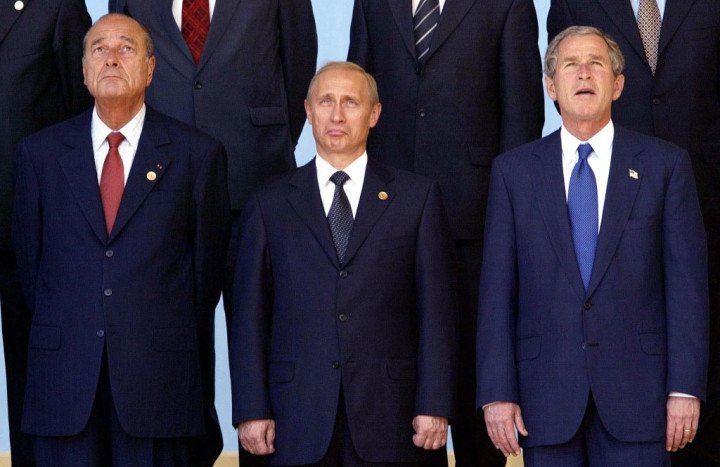
What was done: Russia first invaded Ukraine in 2014 and then launched a full-scale war in 2022, citing NATO expansionism as a reason for an all-out war against a country located in Europe. Since its full-scale war, Russia has engaged in hybrid warfare with the rest of Europe using covert methods like cyber attacks and more blatant attacks on infrastructure.
Occupation of Crimea
What was said: “Those were local self-defense units,” Putin said, denying Russian involvement when unmarked soldiers known as “little green men” appeared in the Ukrainian territory of Crimea in February 2014.
“Regarding the deployment of troops, the use of armed forces,” Putin said in a press conference, “so far, there is no need for it, but the possibility remains. The military exercises we recently held had nothing to do with the events in Ukraine.”
What was done: Unmarked Russian forces seized Crimea’s government buildings, blockaded the peninsula, and surrounded Ukrainian bases in February 2014. One year later Putin even admitted to deploying Russian troops in Crimea from the beginning, “I told all my colleagues, there were four of them, that the situation in Ukraine has forced us to start working on returning Crimea to Russia,” Putin said then. “We can’t leave that territory and the people who live there at the mercy of fate.”
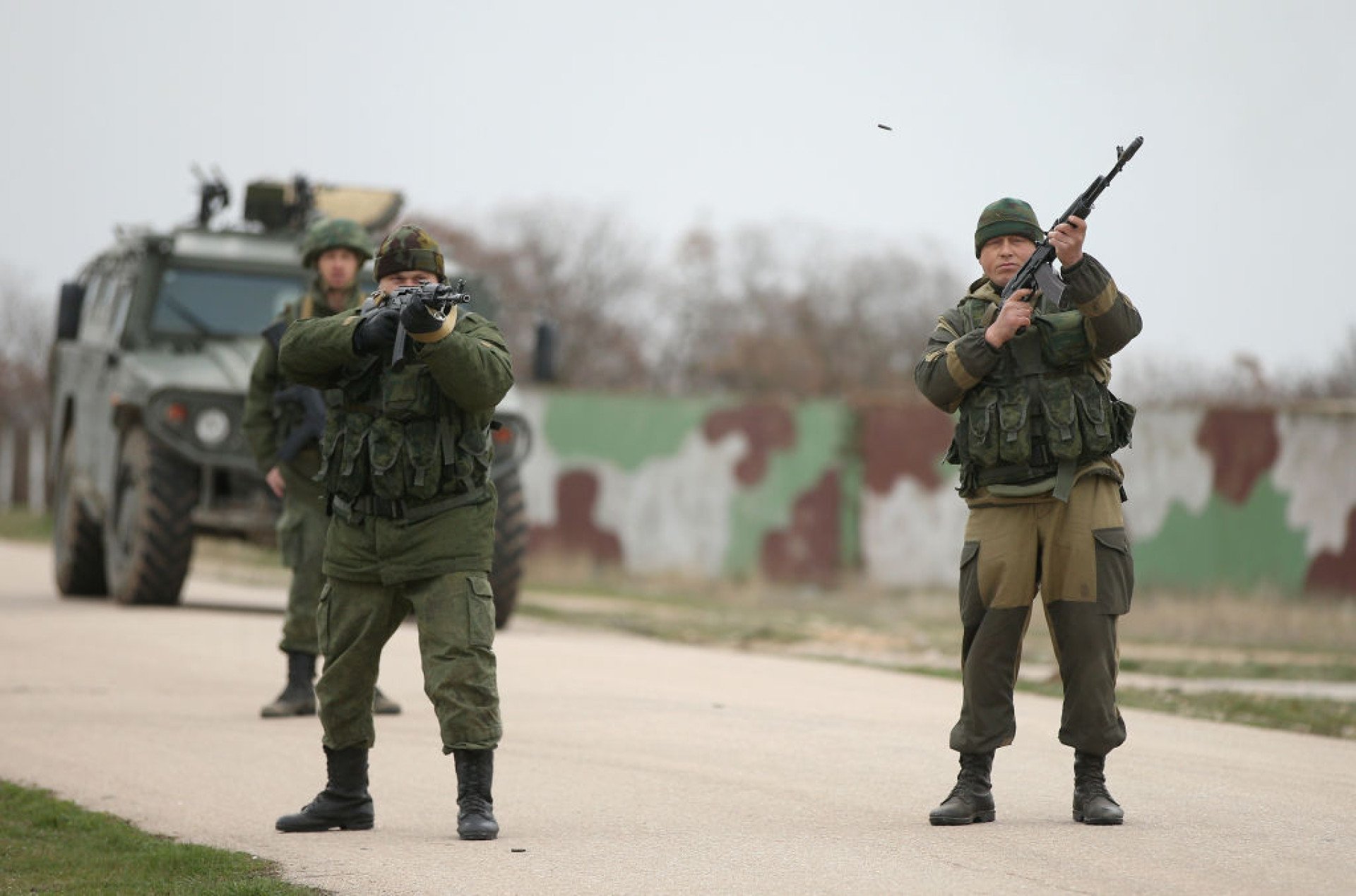
Occupation of Georgia
What was said: Putin agreed to a European Union-brokered ceasefire that required Russia to remove its troops from Abkhazia and South Ossetia after Russia invaded Georgia in 2008.
What was done: Russia delayed its withdrawal from Georgia and left its military forces within the country far beyond the agreed-upon deadline. Putin created buffer zones within Georgia, effectively expanding its occupation, rather than reverting to “pre-invasion” positions.
In a move that was broadly considered a violation of the ceasefire agreements, Russia officially recognized the independence of Georgia’s “breakaway regions”—Abkhazia and South Ossetia.
Later, in 2015, Putin signed a treaty integrating South Ossetia into Russia. The treaty heavily integrated South Ossetia into Russia. For example, it established the ruble as the sole currency in the region, allowed residents to receive Russian social benefits, and absorbed current military forces into the Russian military structure. This is, of course, opposite to helping the regions become independent but instead subtly bringing them under the Russian sphere of influence.
Civil War in Libya
What was said: Russia denied involvement in the civil war in Libya, which broke out after Libya’s dictator Muammar Gaddafi was killed in 2011. Putin explicitly said that Russians fighting in Libya did not represent the Russian state or military.
What was done: Behind the scenes, Russia was funding Wagner Group, a Kremlin-backed mercenary group, that was actively working to destabilize the country amidst civil war, committing war crimes along the way.
Russia, a permanent member of the UNSC with veto power, chose to abstain from the Libya vote rather than exercise its veto to block Resolution 2510. This abstention allowed the resolution to pass and international military intervention to proceed. However, one week later, Putin condemned the role of the UN in Libya. In a speech to workers at a ballistic missile factory, he said, “The resolution is defective and flawed…It resembles medieval calls for crusades.”
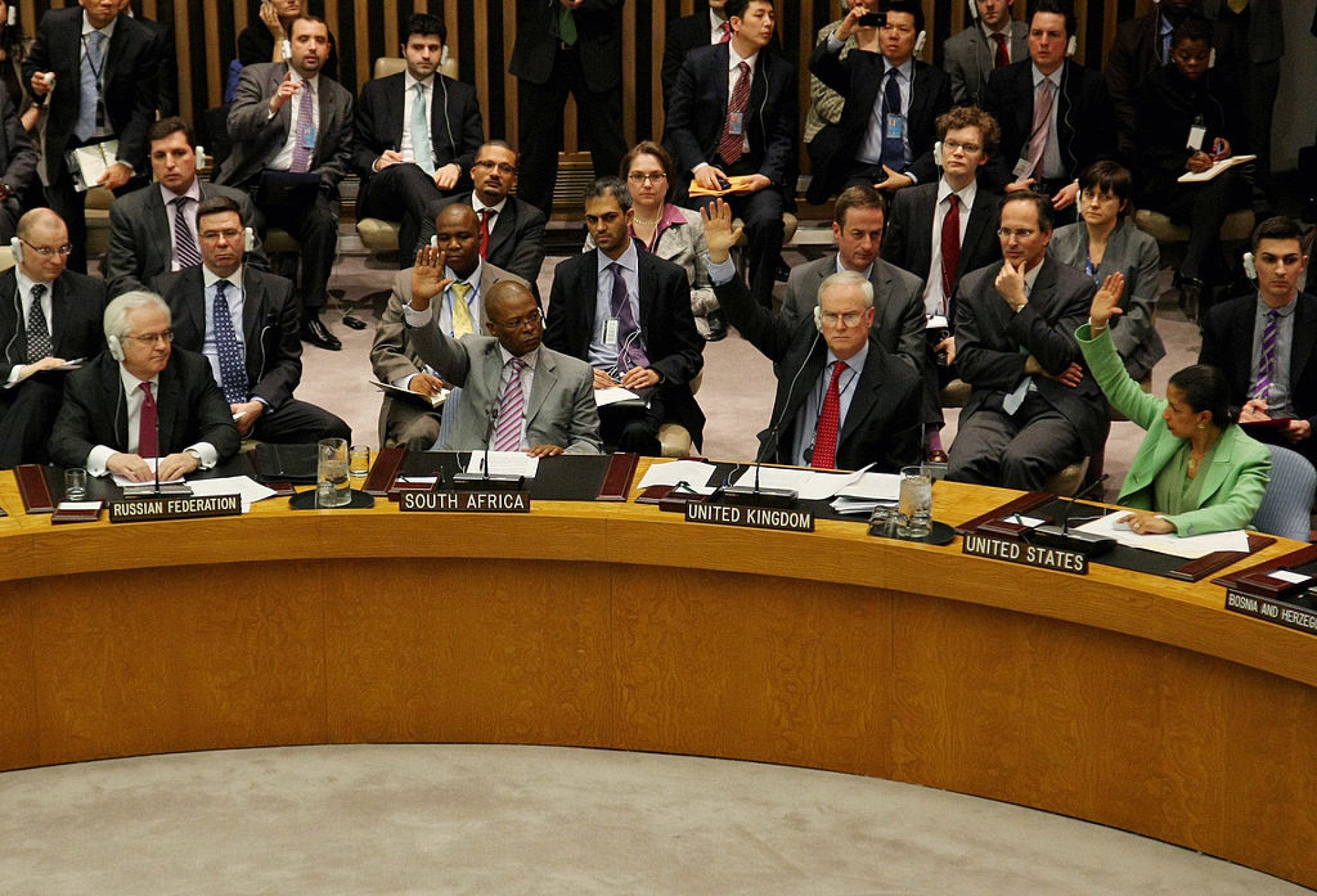
Evidence of Russia’s involvement with Wagner became apparent when a computer tablet of a Wagner mercenary was discovered. On the tablet were the names of fellow mercenary fighters and extensive inventories of state-of-the-art Russian weapons, which experts say could only have been provided by the Russian military. Though Russia claimed to support the UN, it was all the while fueling the fire by supporting rebels who were actively working to dismantle it, proving that Russia was playing both sides of the civil war.
Minsk Agreements
Minsk I – What was said:
Russia signed the Minsk I Agreement on September 5, 2014, in Minsk, Belarus agreeing to establish an immediate ceasefire between Ukrainian forces and Russian-backed ‘separatists’ in the Donetsk and Luhansk regions, agreeing to the withdrawal of illegal armed groups and military equipment, monitoring of the Ukrainian-Russian border by the OSCE, decentralization of power through a temporary local self-governance law, and the release of hostages and illegally detained individuals.
Minsk I – What was done:
Russia and its proxies violated the agreement almost immediately. Ukraine’s National Security and Defense Council (NSDC) reported continued clashes in Donetsk and Luhansk, Russian armored movements, attacks in Mariupol, and an attempted assault on Donetsk Airport. By late November 2014, ceasefire violations by Russian forces and militants had reached approximately 3,500 incidents, according to Ukraine’s Ministry of Foreign Affairs.

Minsk II – What was said:
When Minsk I failed to halt the violence, a second, more detailed agreement—Minsk II—was signed on February 12, 2015, by representatives of Ukraine, Putin’s appointed ambassador to Ukraine, the OSCE, and the Russian-puppet leaders, with the backing of Germany and France under the Normandy Format.
The 13-point package included an immediate ceasefire, the withdrawal of all heavy weapons to create a security buffer zone, OSCE monitoring, the restoration of full Ukrainian control over its border, and the opening of a dialogue on interim self-government for certain areas of Donetsk and Luhansk.
Minsk II – What was done:
Russia and its proxies repeatedly violated Minsk II. The Russian Security Council decided to “intensify offensive operations on nearly all fronts in eastern Ukraine” by January 23, 2015, NSDC Secretary Oleksandr Turchynov reported. Heavy weapons were not withdrawn, and Russia continued providing military support in the regions, violating the agreement. OSCE reports documented Russian troops and equipment entering Ukraine. Furthermore, the planned local elections under Ukrainian law never occurred, and Ukraine never regained control of its borders as stipulated. The agreement’s final collapse came with Russia-backed forces launching a large-scale offensive on Debaltseve between January 21 and February 18, 2015, forcing Ukrainian troops to withdraw.
On February 22, 2022, days before his launch of the full-scale invasion, Putin told reporters the Minsk Agreements “no longer exist.”
Black Sea Grain Deal
What was said: Putin agreed not to attack Ukrainian cargo ships or port infrastructure after Russia signed the Black Sea Grain Initiative on July 22, 2022, allowing for the safe export of Ukrainian grain despite the war.
What was done: Russia struck the Odesa Sea Trade Port with caliber cruise missiles the very next day, July 23, 2022.
This proves only one thing: no matter what Russia says and promises, it will find ways not to implement it.
Ukrainian President
-fca37bf6b0e73483220d55f0816978cf.jpeg)
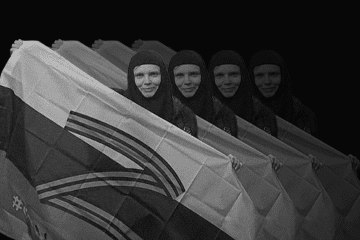
-46f6afa2f66d31ff3df8ea1a8f5524ec.jpg)
-8ddd9e24f95bb9d73d6d11d75f774999.png)
-29a1a43aba23f9bb779a1ac8b98d2121.jpeg)
-283d77c1379d612e6f72cf1b6de7dacb.png)
